Categories
- animatronics (12)
- apple (11)
- arduino (179)
- art (41)
- articles (121)
- artificial intelligence (11)
- automation (421)
- avr (205)
- bitcoin (3)
- breadboard (9)
- cameras (57)
- cars (26)
- cell phones (28)
- clothing mods (21)
- console mods (26)
- dangerous (94)
- desktop mods (24)
- embedded (5)
- flying things (54)
- fpga (22)
- gaming creations (108)
- interface (225)
- internet (17)
- laptop mods (6)
- lasers (22)
- linux (7)
- magnetic (3)
- medical (12)
- microcontrollers (51)
- misc projects (152)
- msp (12)
- music (124)
- pic (90)
- projects (23)
- pyroedu (76)
- raspberry pi (26)
- robots (312)
- security (36)
- sensors (307)
- software (200)
- solar (19)
- stamp (9)
- tools (149)
- tutorials (98)
- Uncategorized (45)
- usb (44)
- wireless (256)
Sponsors

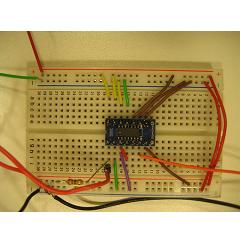
Posted August 15, 2011 by Chris
If you’re looking to build your own ohm-meter with super accuracy this article will tell you exactly how. As an experimental setup the 4-point Kelvin sensing method is used to measure resistors to the milli-ohm units. The method used is detailed out with hardware schematic of the DIY style setup and pictures that show you what is going on.
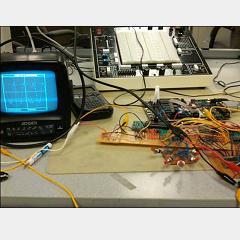
Posted July 31, 2011 by Chris
Here’s an article describing a conservatively but well designed digital oscilloscope. The Digital part here means the main input is into a DAC instead of op-amps. Atmel microcontrollers are used for processing and video display. The article describes all the details of design and theory of operation, so go build your own!
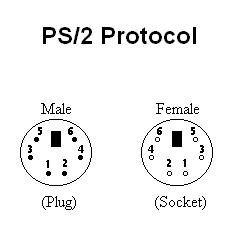
Posted June 12, 2011 by Chris
USB seems to have taken over the mouse and keyboard protocol scene which means there’s a ton of ‘leftover’ PS/2 mouse and keyboards abandoned in offices and schools. Today’s article gives you the understanding of the PS/2 protocol needed to put these abandoned I/O devices back to work without as much software overhead as is required for implementing USB.
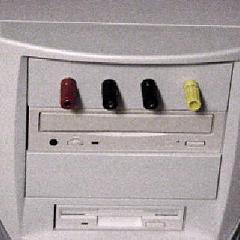
Posted June 11, 2011 by Chris
When working on your own DIY experiements, a rockhard and reliable power supply is a must have. An often overlooked type of power supply is the one in your computer. Most CPU power supplies convert 120VAC into 3.3v, 5v and 12v DC with very high current ratings. This article describes how to mod your desktop to give you these options.
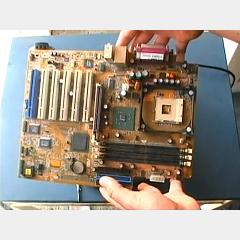
Posted April 10, 2011 by Chris
For any hacker, a valuable and free resource comes from old or recycled parts. Dead or broken PCB’s usually only have 1 bad part, with the rest still fully functional. Today’s tutorial shows you a great on-the-cheap method for salvaging parts from a PCB.
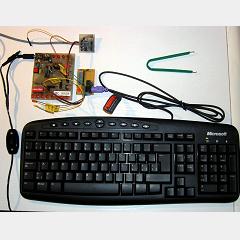
Posted April 8, 2011 by Chris
If you’ve ever been curious how PS/2 works or how to build a text terminal serial interface, this project explains how to do both! PS/2 communication from a Keyboard is interpreted by a PIC and sent serially to a desktop computer. The theory is very well explained with no details left out, a great project for beginners!

Posted March 29, 2011 by Chris
For applications where you need to be able to check for movement and alignment, long range IR can be the answer. Whether you need to set a home location on a moving device, or track movement on a machine, a beam break detector can be your low-cost solution. This project write-up shows you how easy it is to make one, and how well it works.

Posted March 27, 2011 by Chris
This semi-new development set was a war-waging act by Texas Instruments to force their way into the hobbyist market. Put out in mid 2010, the MSP430 launchpad has all the features of all the other PIC or AVR’s in the world, but at the price of less than $10 a unit, it a bargain for any DIYer.
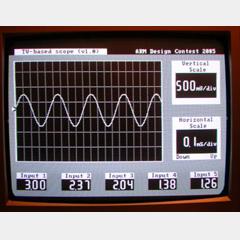
Posted February 25, 2011 by Chris
This formal project shows you how to make your very own oscilloscope using an ARM processor. The write up is in the form of a documented contest entry pdf, along with the abstract description. The software, hardware schematics and everything you’d need is there!
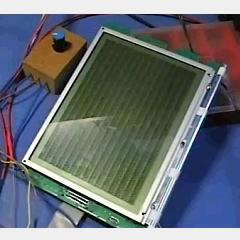
Posted February 11, 2011 by Chris
Reverse Engineering is an important skill for electronics hobbyists because very often you will run into something you want to use, but don’t know how. An LCD is a tough thing to reverse engineer, but this tutorial shows you one approach to figuring out how to get things working.






